virtual reality. more about its use and creation.
Virtual Reality (VR) is a simulated experience. It is a 360° audio, visual and spatial experience accessed with a VR headset.
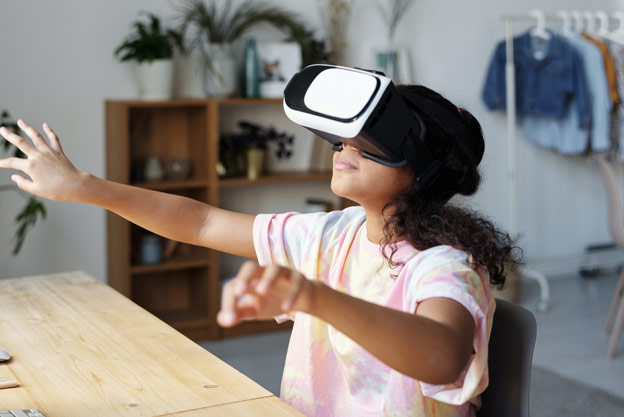
A VR experience can be a combination of:
- watching 360° live-action videos
- watching 360° animated scenes
- interacting with objects
- solving puzzles
- playing games
VR is being used in film-making, education, training and games. It is a completely immersive experience, and can be a powerful empathy tool.
There are two basic types of VR headsets: PC VR and Standalone VR.
PC VR (or tethered VR)
PC headsets are physically connected to a computer and provide the highest quality VR experience thanks to the power of the PC it is tethered to. Videos can be high resolution and interactivity and games graphics knows no limit.
Standalone VR
Standalone VR is self contained, ie: stands alone without the need of a high-powered computer to run. It's mobile, easy to transport, and the hardware is more affordable for consumers.
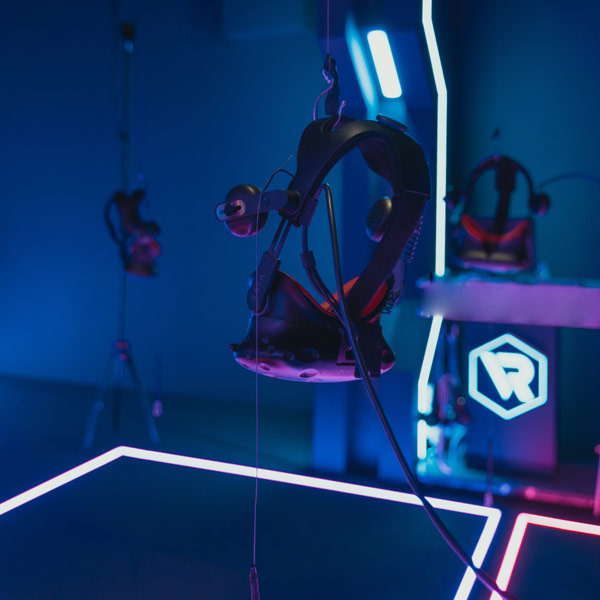
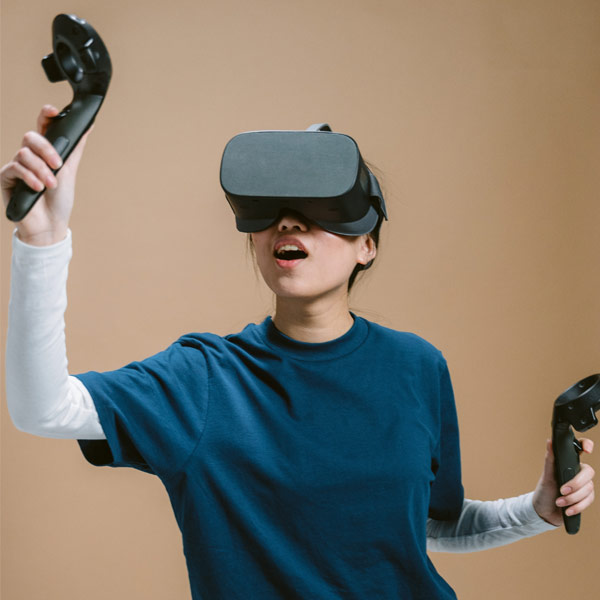
PROS
- Highest image and video quality possible
- No limit to programming potential
- Great for high-graphics games, and experiences that are mainly at one location (permanent exhibitions, classrooms etc)
CONS
- Tethered to a PC so the headset is not mobile.
- Cables!
- Expensive to purchase, and requires high-powered PC to operate
PROS
- Self-contained, does not need a PC to operate
- Easier to use & facilitate
- Affordable
- No restricting cables
- Great for mobile or travelling experiences
CONS
- Limit on memory and processing; videos have to be compressed and gaming has to stick within the limit of the computing power.
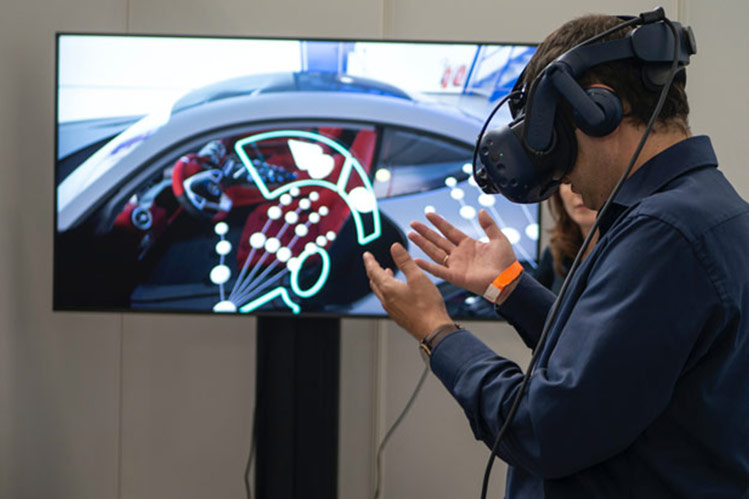
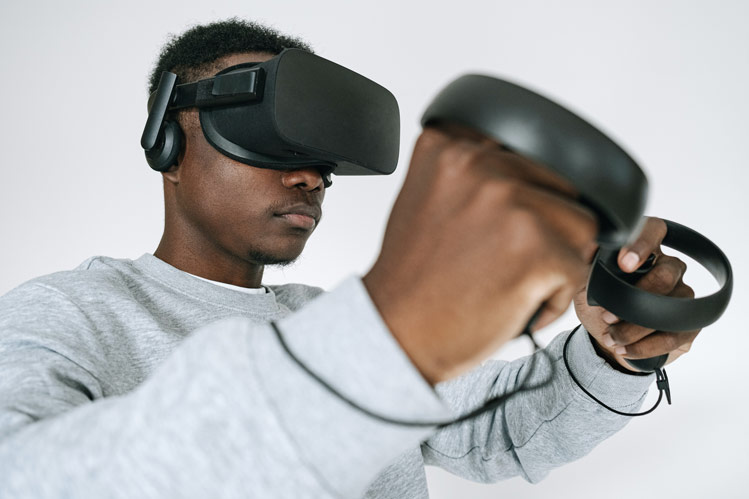
A selection of current PC headsets on the market:
Oculus Rift S
HTC Vive Pro 2
Playstation VR
A selection of current standalone headsets:
Oculus Quet 2
HTC Vive Focus 3
here at studio kettle we developed for the Oculus Quest 2 for community VR training project CarePlays VR. It was easy to transport, simple to use and facilitate, and had an affordable price point for the client - around $500 AUD per headset. It's a great starting point for research and can act as a strong benchmark when comparing other headsets.
what can you expect during a VR experience?
VR can contain 360° live-action video, computer-generated worlds, or both! The following example videos step through the different mediums you could experience.
360° Live-action video uses special 360° cameras are used to film in all directions and create a completely immersive film experience.
Please note that the experience of watching a 360° video inside a VR headset is significantly more immersive than watching a flat screen. These flat videos are only an impression of the true VR experience. Use your mouse to move the frame around and see the full 360° view.
In the first example, the actor is addressing the camera directly, in order to establish a relationship with the user. This is a tool that can be used in VR that helps the user feel like you're ‘really there.'
Here's an example of the camera placed in a scene, with the action happening around the space, requiring the user to turn their body in order to see all the action:
Interactive Experiences. A special quality of Virtual Reality is interactivity, meaning the user can chose how the experience plays out by clicking, playing and moving content.
The types of interactions are almost infinite, but here are some common examples:
Selecting answers to questions or selecting buttons
Holding and moving objects in an environment.
Doing a puzzle
Playing a game
one type of interactivity commonly used in education and training is selecting an answer.
Interactive element - Selecting an answer #1
An example of what an experience looks like that has this functionality:
Interactive element - Selecting an answer #2
Like the first example, this second example shows how a 360° video can use interactivity to pose questions to the user. This example uses 2D graphics on top of 360° video.
interacting with an object can mean using virtual hands to hold, move and create things.
Interactive element - Interacting with objects #1
This example includes 3D objects (clipboard and pen) as well 3D hands that are responsive to the movement of the user. Now the user can interact directly with objects in the environment.
Interactive element - Interacting with objects #2
In this example the user must use a mobile phone in order to advance through the experience. This example uses a 3D objects (phone) and 3D hands.
Interactive element - Puzzle
In this example, instead of using live-action footage, there is 3D computer generated environment. You'll see both and 3D environment and 3D characters that have been animated to talk, sit, stand and gesture. The interactivity in this scene is a puzzle, and a great tool for use in education resources.
Interactive element - Game
In this example you'll see what happens when many elements blend together: Live-action footage, 3D environments, 3D characters and Interactivity in the form of a game.
In the top right corner you'll see the user playing the game. This is what it looks like from the outside; Nice and physical!
sound good?
If you're interested in learning more about virtual reality or want to hash out an idea for your organisation, please get in touch. It's an exciting world in the VR space and it will take a bit of discovery to find out what is best for your organisation goals and budget.
studio kettle works and creates on the land of the Wurundjeri people of the Kulin Nation. We acknowledge that sovereignty has never been ceded and pay respect to their Elders, past and present.
